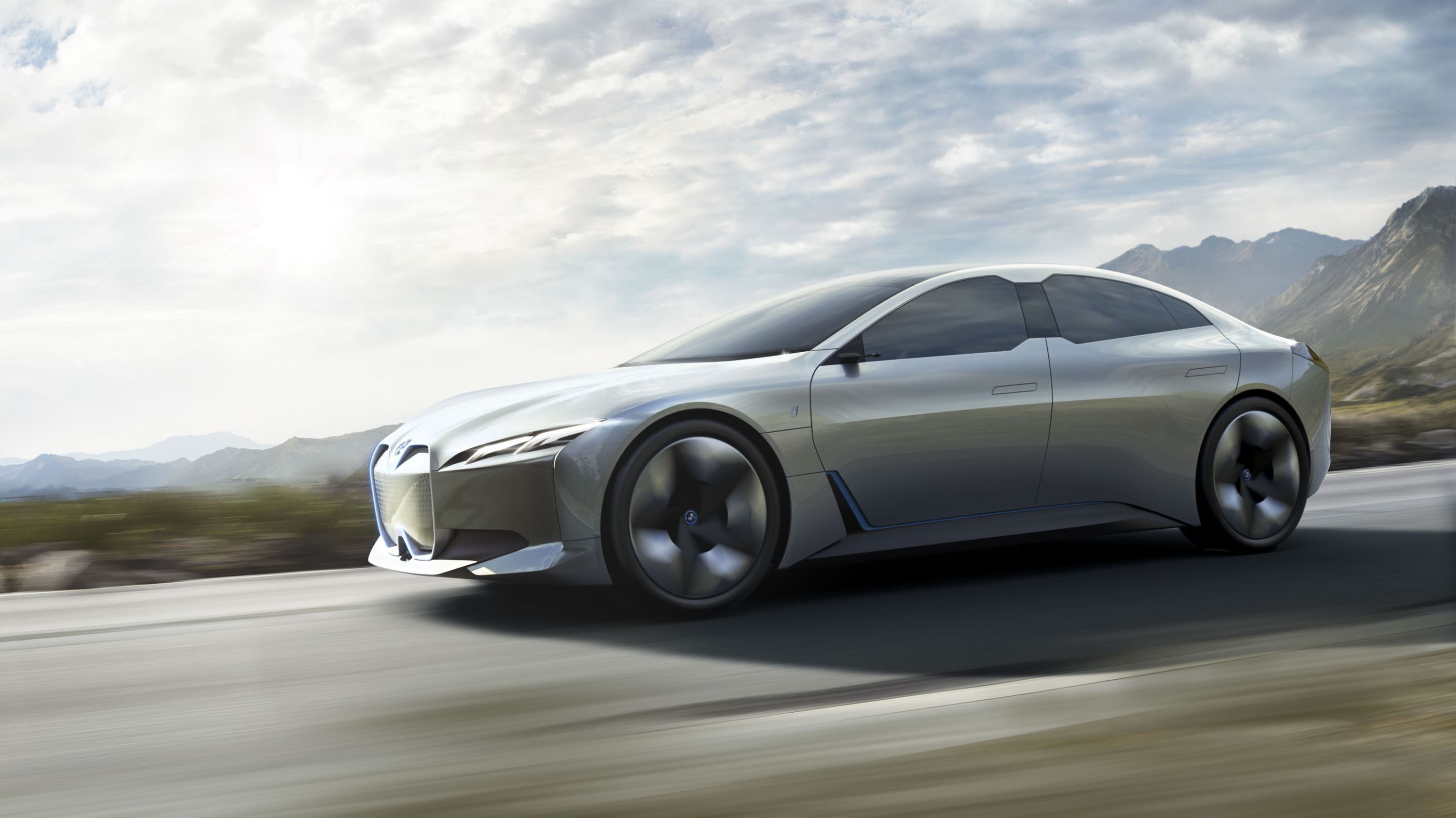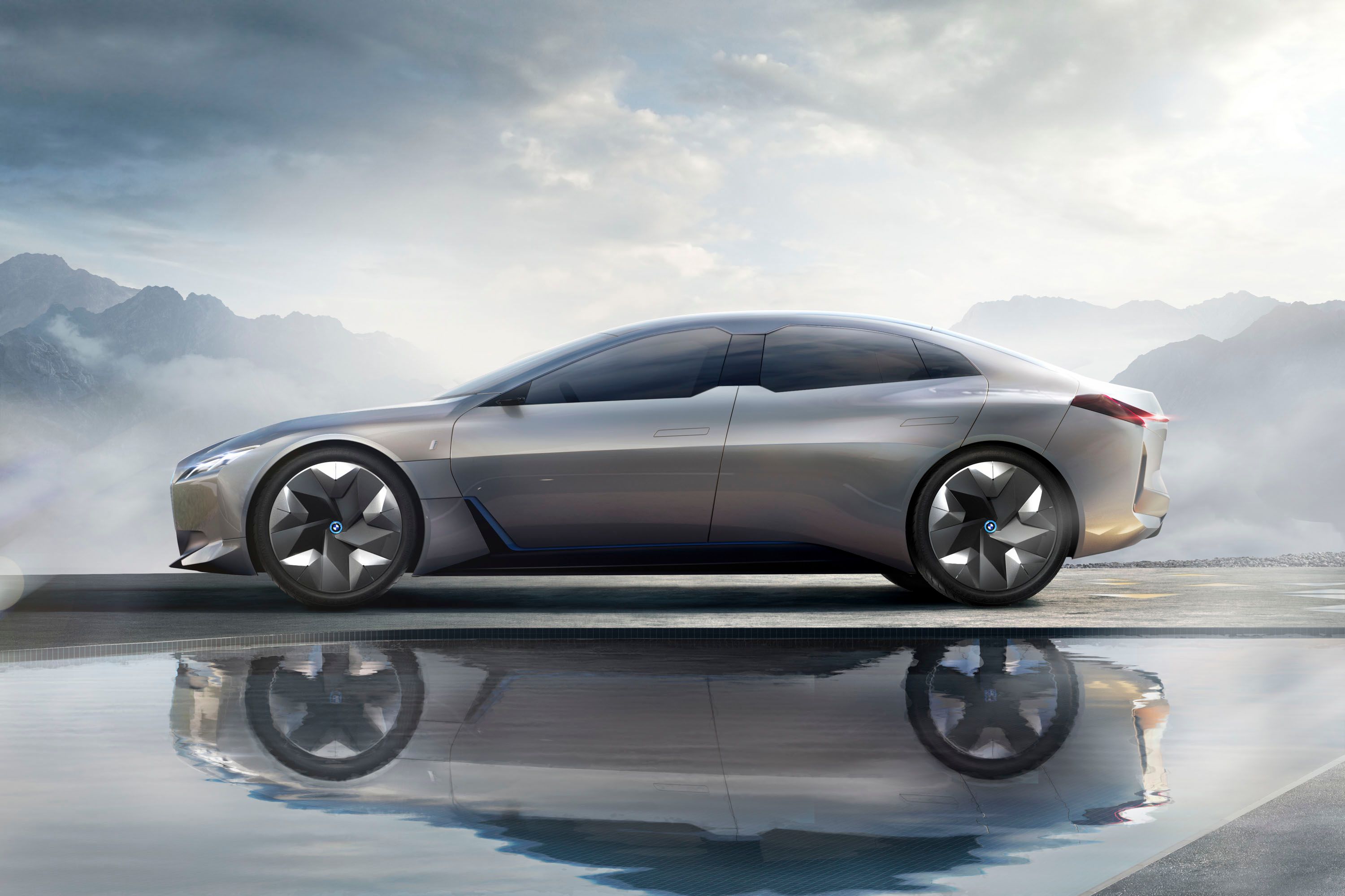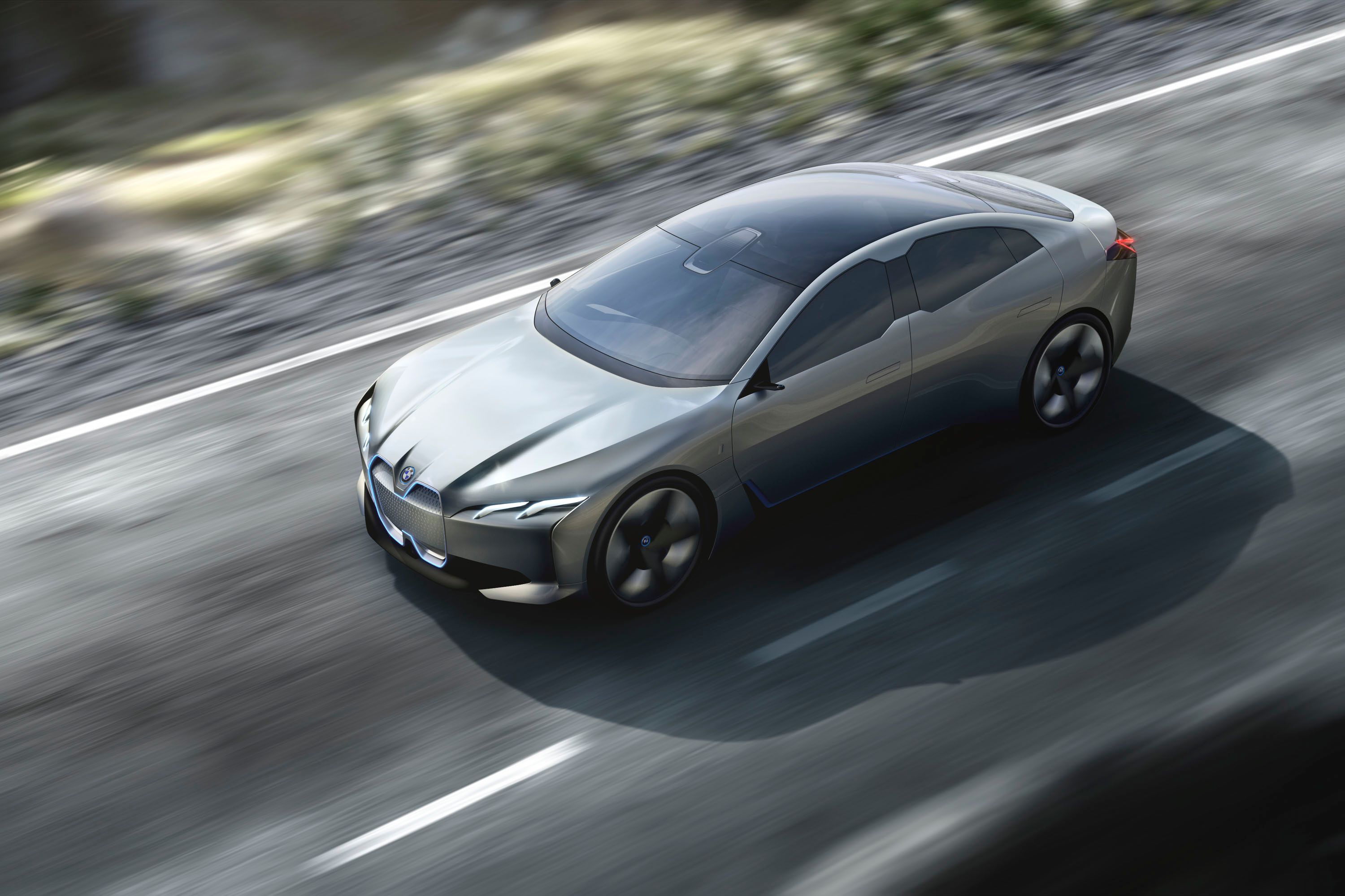There’s a lot we can say about the BMW i3, but the most obvious is that it, like myself, wasn’t graced by God in the beauty department. For me, you can thank less-than-favorable genes, but for the i3, it boiled down to BMW’s lack of experience with EVs at the time. The size and position of the batteries were far from ideal as were the general dimensions of the EV powertrain it developed for the i3. Luckily, that will be a thing of the past as BMW isn’t only focused on different capacity, but different shape of its future batteries as well. This is a move that will ensure models like the BMW i9, the iNext, and all electric and hybrid versions of its current models all look as sleek and sexy as their ancestors and ICE-toting counterparts.
BMW Battery Design
BMW isn’t even going to produce its own batteries in-house. It will leave that task to its special facility dedicated to battery technology and EV software coding – the place that will be responsible for building the battery packs that will give future BMWs juice and motivation. The plan is to have multi-sized battery cells in stock and ready to go when BMW kicks off the next stage of its electrification strategy after the turn of the decade. This will coincide with the launch of its flagship electric model, currently known as the i9, as well as two new platforms.
The first platform will go by the designation “FAAR” and will be found supporting all front-wheel drive and all-wheel-drive vehicles launched by BMW from 2021 forward. The second platform isn’t exactly new but is a heavily updated version of the current CLAR platform and will be used solely for rear-wheel-drive vehicles. Both platforms are modular so BMW will be able to adapt them for sedan, coupe, or SUV, which is where the new battery designs come in as well. Outside of offering three different sizes that range between 60 kWh and 120 kWh (these will offer anywhere between 280 and 435 miles of range, depending on model) the batteries will also come in different shapes so that we don’t have funky looking coupes and sedans that sit way too high off the ground.
It’s not all about looks, though. See, the different sized battery packs also play into how future cars will handle. With sedans and coupes getting batteries that aren’t as tall but are longer, the weight is better distributed, giving a better front-to-rear weight ratio and a better center of gravity. You might as well praise the lord for this one – that means the next-gen 7 Series won’t handle like a conversion van when it’s bending corners.
Final Thoughts
This is great news, and it puts some serious concerns to rest. After all, if you look at BMW’s current electric car – the BMW I3 – it gave a pretty scary look at what the future may have held. Can you imagine a 7 Series that rides 6 inches higher to accommodate a big battery pack that’s good for 150 miles at best? It’s bad enough we have to trade off the soul-tickling tone of the internal combustion engine, so it’s only fair that the future isn’t full of a bunch of 10-year-old, excessively long MPVs with modern bumpers and headlights. The real question now, however, is whether or not BMW will be able to churn out electric cars sometime next decade that won’t break the bank and end marriages any more than its current ICE models do. After all, EVs are the future, right, we better not have to go broke just to embrace them.
References
BMW i8
Read our full review on the 2019 BMW i8 Coupe.
Read our full review on the 2019 BMW i8 Roadster.
BMW i3
Read our full review on the 2018 BMW i3.
Read our full review on the 2017 BMW i Vision Dynamics Concept.
Read more BMW news.



